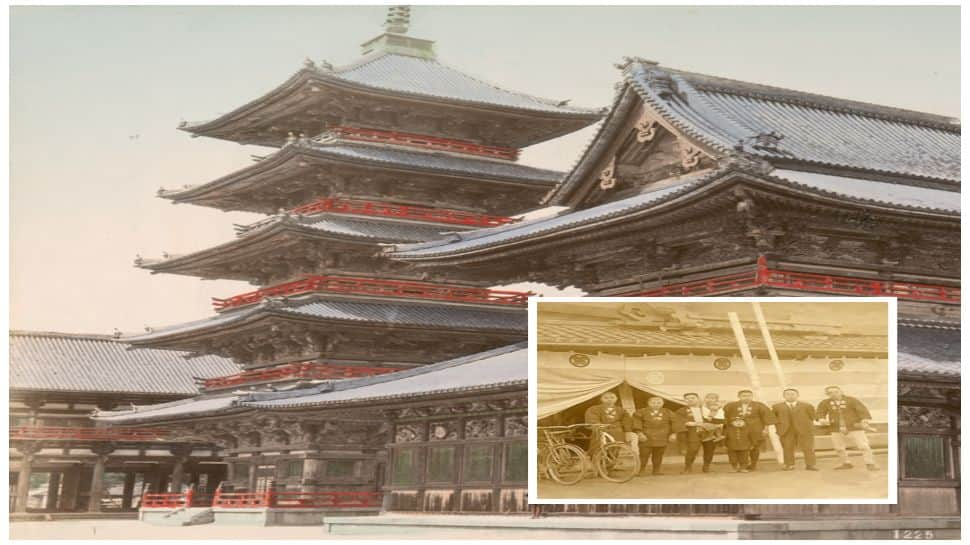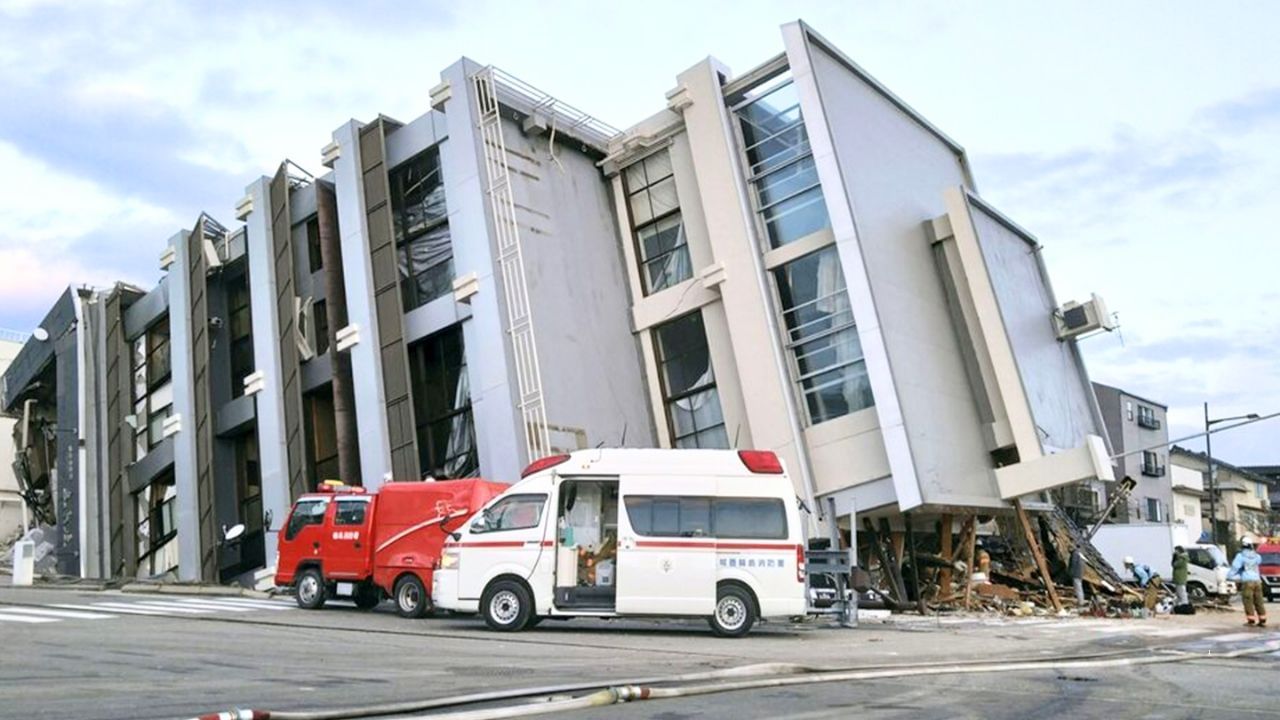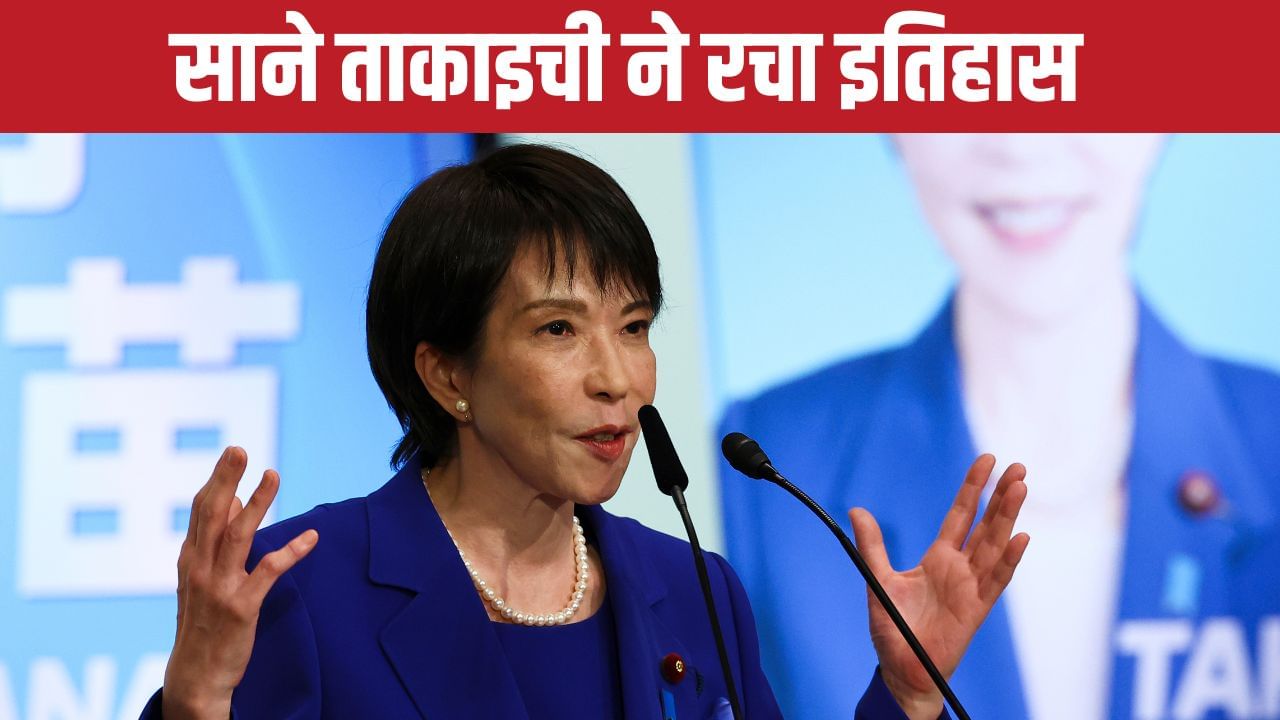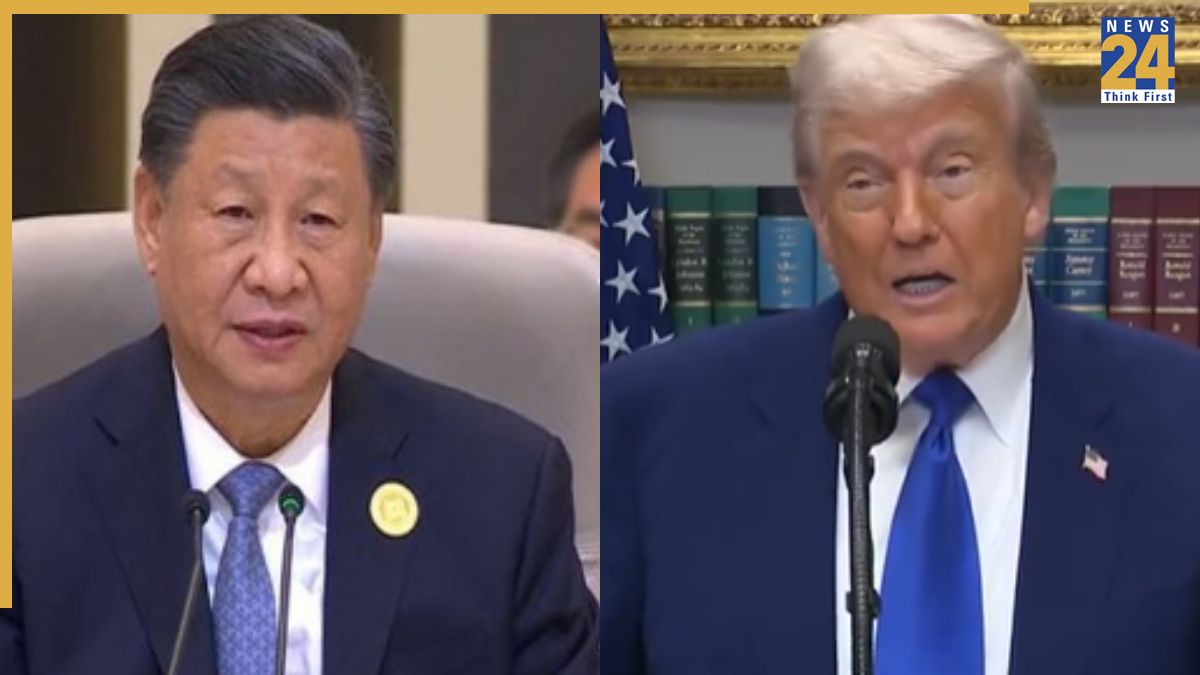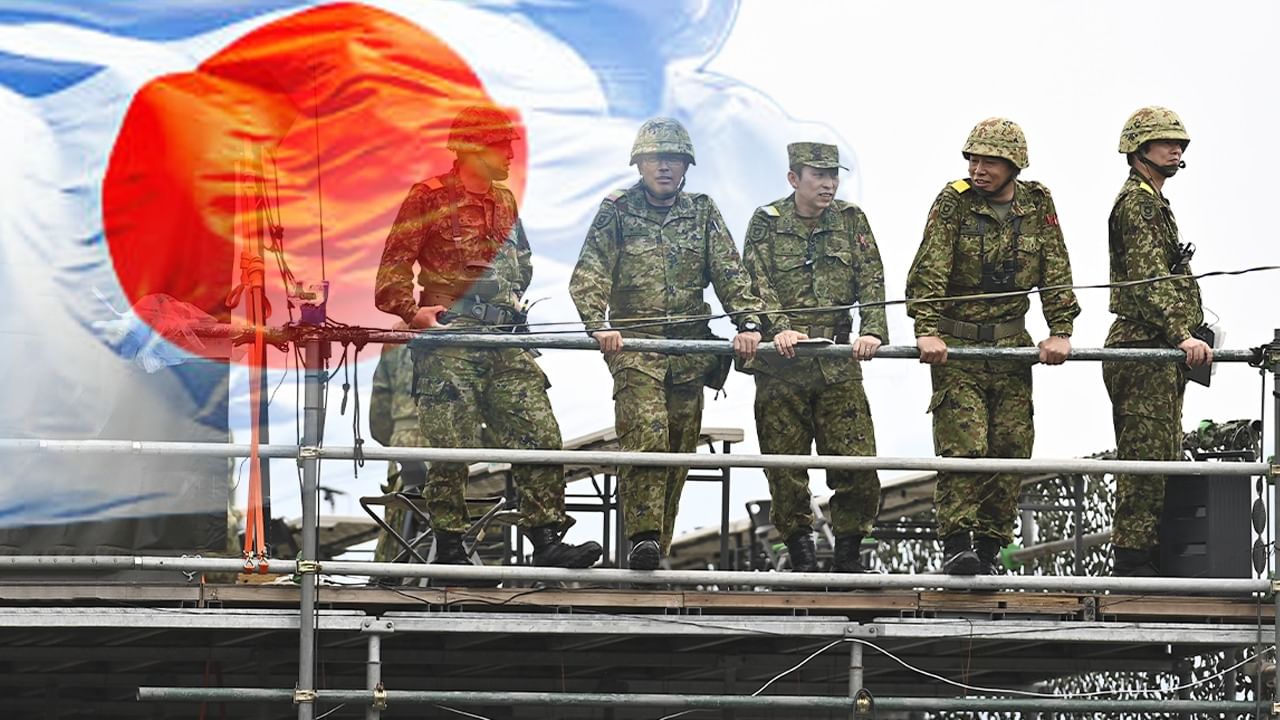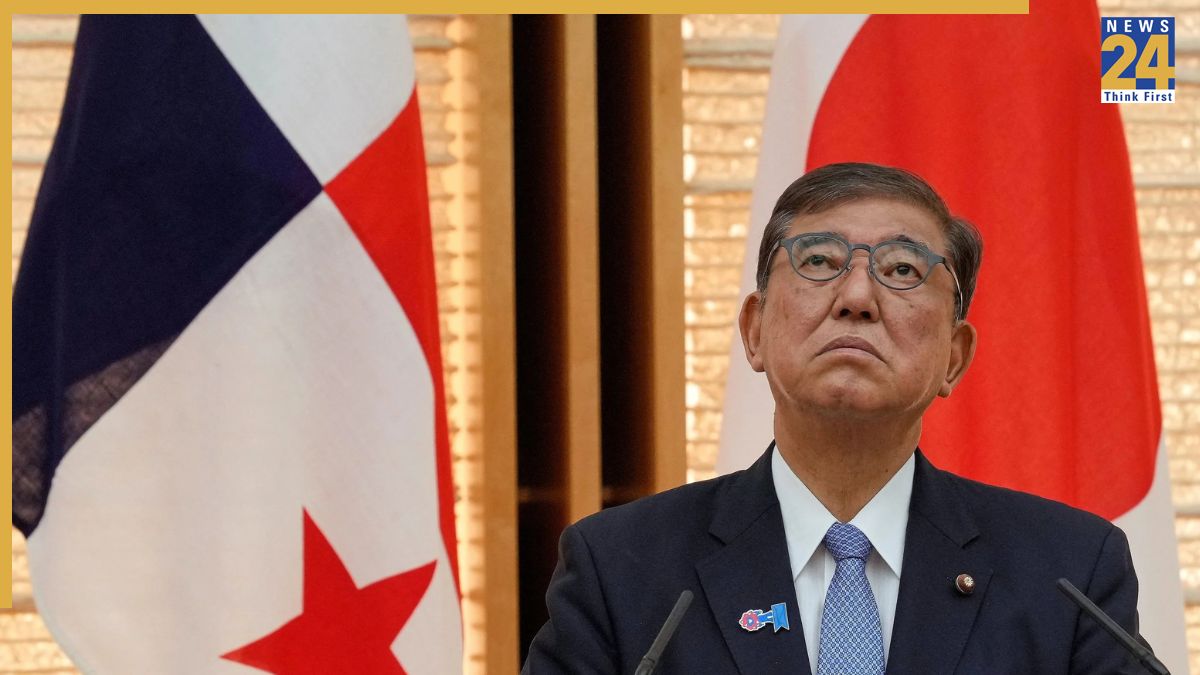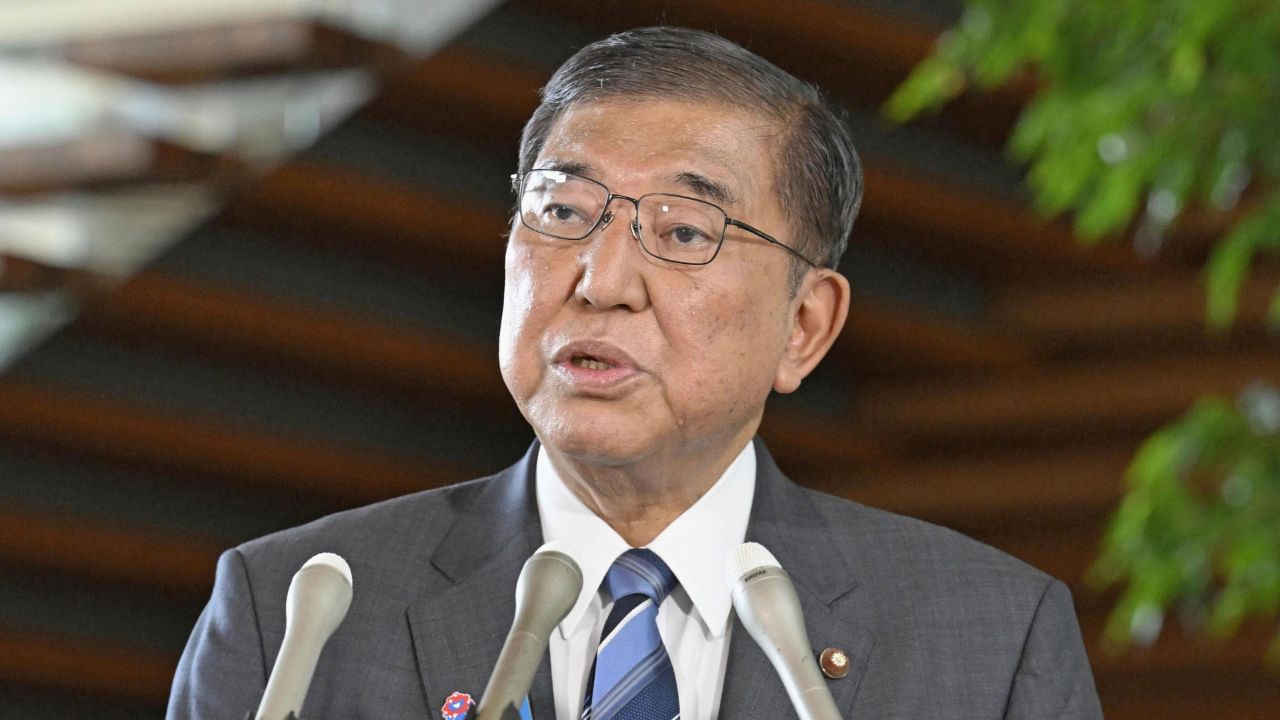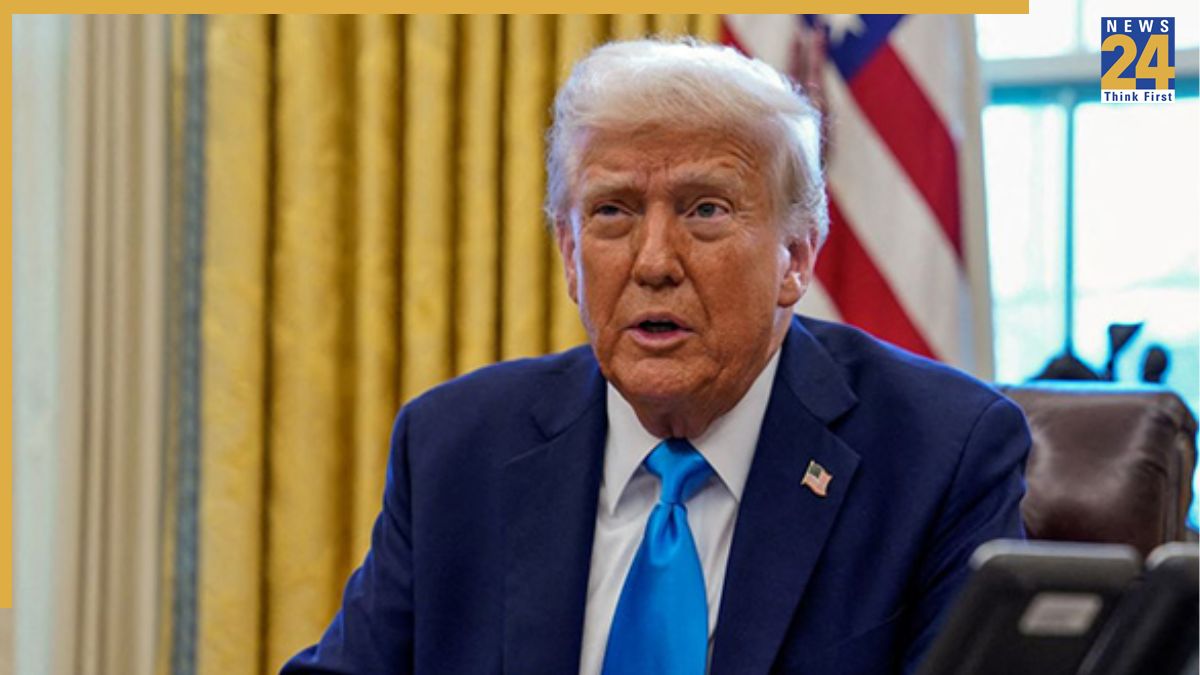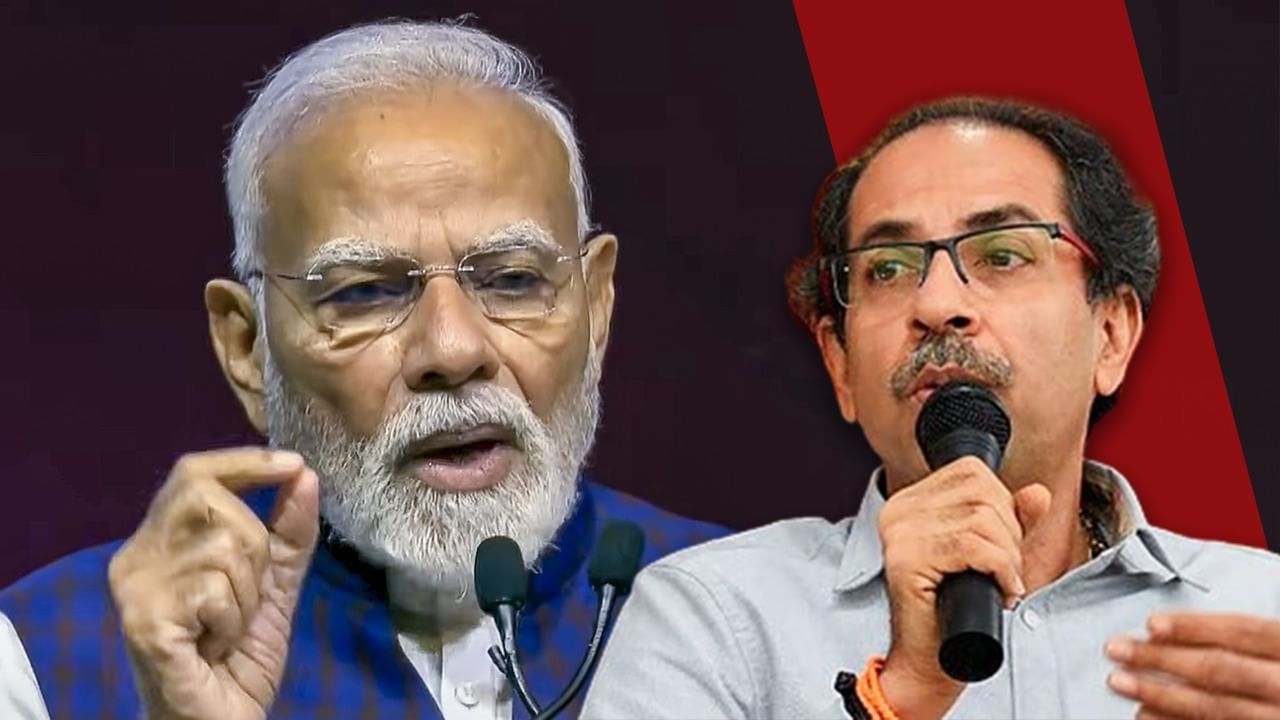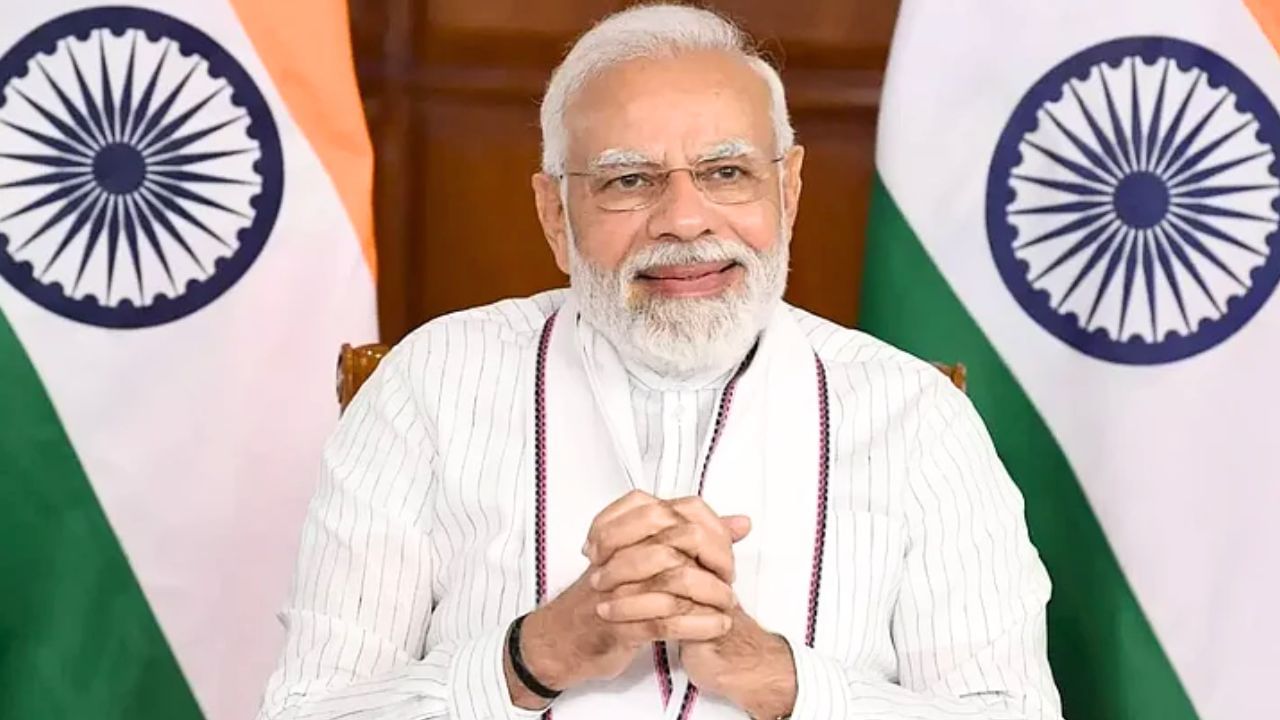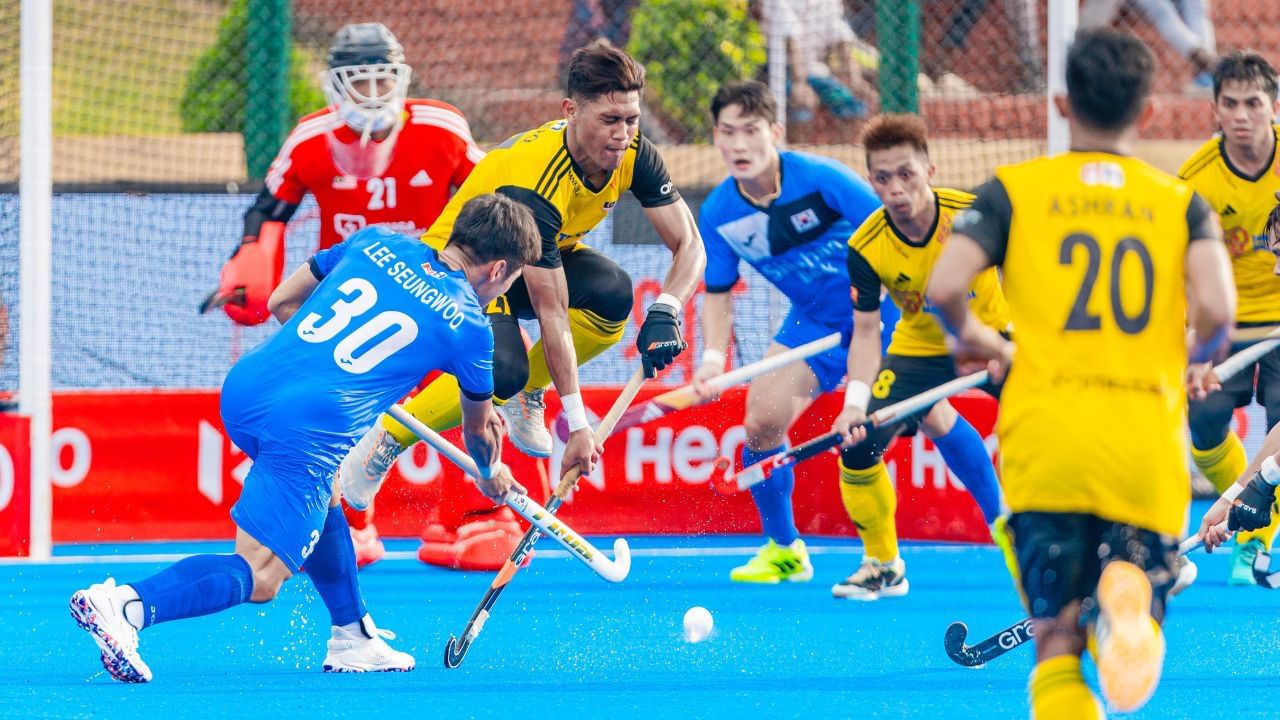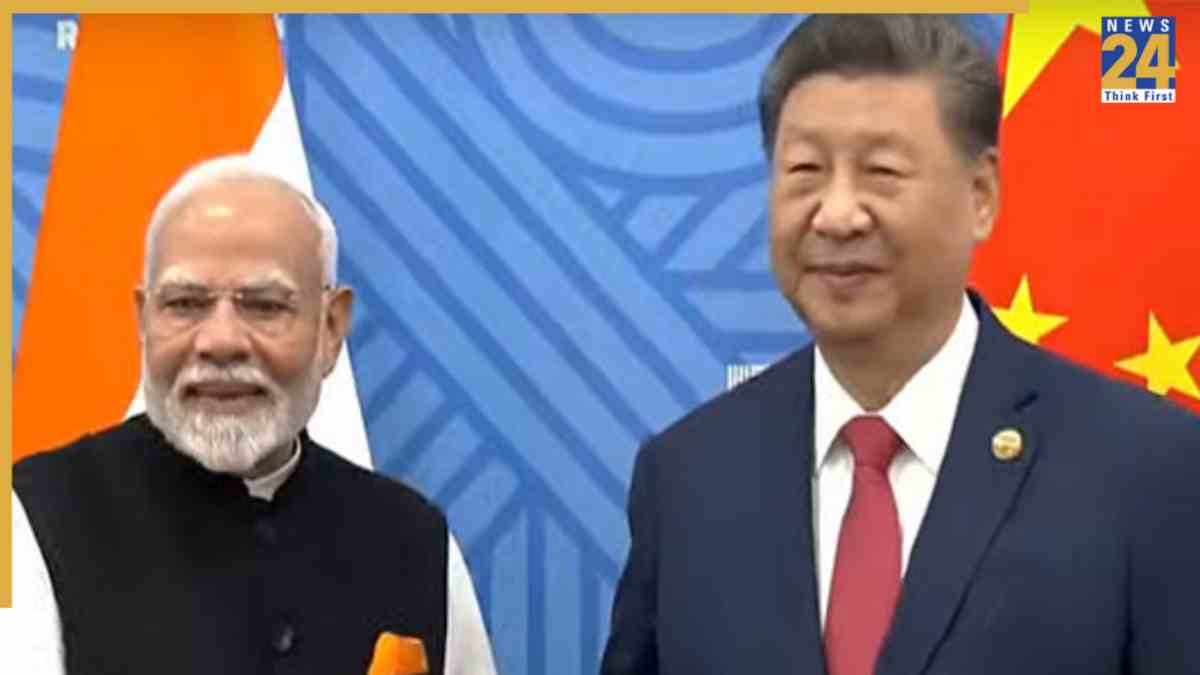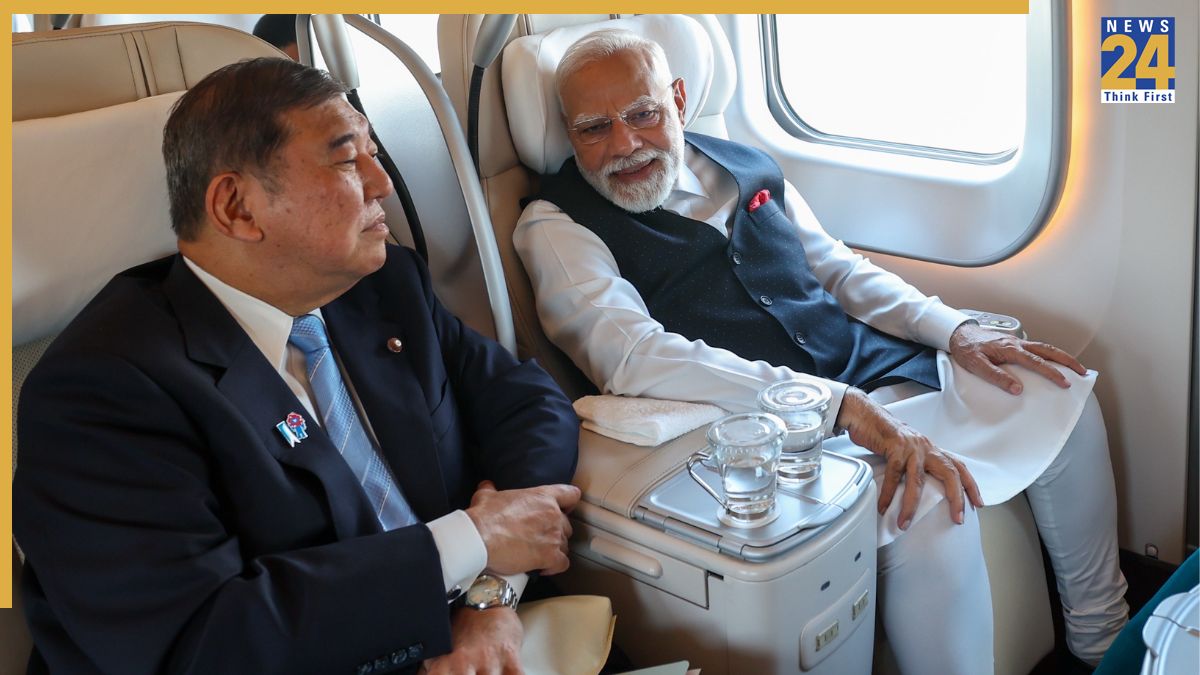Subscribe to Updates
Get the latest creative news from FooBar about art, design and business.
Browsing: Japan
At the 80th session of the United Nations General Assembly (UNGA), Bhutanese Prime Minister Tshering Tobgay strongly advocated for significant reforms within…
The Federal Investigation Agency (FIA) apprehended Waqas Ali, a resident of Pasroor in Sialkot, for allegedly facilitating the trafficking of Pakistani citizens…
An incident at Tokyo’s airport has shocked everyone. A person attempted to send 22 individuals from Pakistan to Japan illegally by falsely…
The story of Sony, a brand now synonymous with high-tech innovation, began with a surprising product: rice cookers. In the post-World War…
The United States showcased its intermediate-range Typhon missile system in Japan on Monday, marking its first demonstration in the country. This move…
Japan has stunned the world by successfully testing its newly developed railgun at sea. This electrically powered super-weapon can obliterate enemy ships…
The iPhone 17 Series has been launched, including the iPhone 17, iPhone 17 Pro, iPhone 17 Air, and iPhone 17 Pro Max.…
In a significant political shift, Japanese Prime Minister Shigeru Ishiba has resigned from his position. The resignation follows the ruling coalition’s failure…
Japanese Prime Minister Shigeru Ishiba to Resign Amidst Mounting Pressure Following Election Loss
Japanese Prime Minister Shigeru Ishiba has decided to resign to avoid further division within the ruling Liberal Democratic Party (LDP). Ishiba’s resignation…
President Donald Trump has signed an executive order to officially enact the US-Japan trade agreement, the White House announced. The agreement institutes…
The Shiv Sena (UBT) mouthpiece, Saamana, has criticized Prime Minister Modi’s recent foreign visits to Japan and China. The article questions the…
Prime Minister Narendra Modi will inaugurate Semicon India-2025. The conference aims to boost India’s semiconductor sector. The Prime Minister will also participate…
Hockey Asia Cup: Bangladesh and Malaysia Secure Wins in Rajgir, Featuring Goal-Laden Matches
The Hero Asia Cup 2025, taking place in Rajgir, Bihar, witnessed exciting matches on the second day, filled with numerous goals and…
Prime Minister Narendra Modi has landed in China to participate in the annual Shanghai Cooperation Organisation (SCO) summit. The visit follows his…
The day is not far when people will be able to complete the journey from Mumbai to Ahmedabad in just 2 hours.…
During his two-day visit to Japan, Prime Minister Narendra Modi shared a bullet train journey with Japanese Prime Minister Shigeru Ishiba on…


